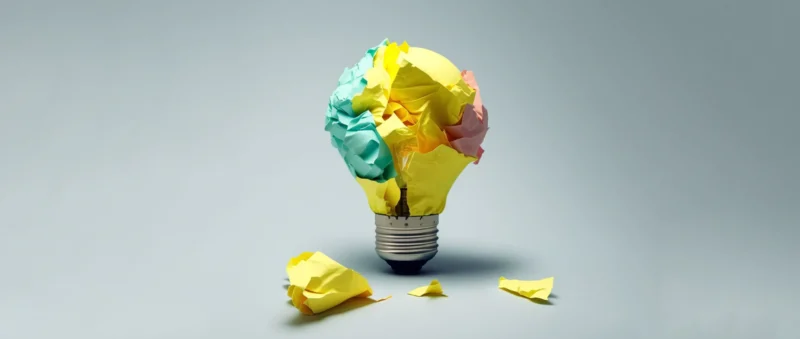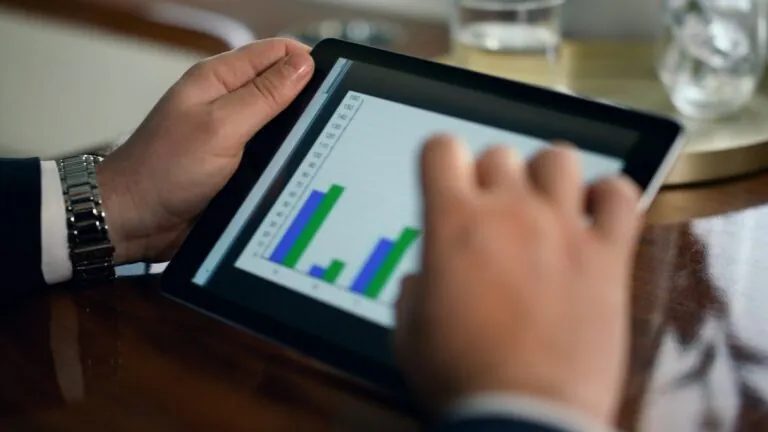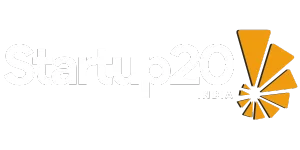The product development process is a cornerstone of innovation and market success. It transforms a spark of an idea into a product that meets consumer needs and expectations.
With a reported product failure rate of around 40%, the stakes are high, yet the rewards of successful development are substantial.
Despite all the risks involved in this process, investing time and effort into this is worth it.
Let me guide you through this complex procedure

Step #1: Idea Generation and Brainstorming

The genesis of any product lies in the generation of an idea. This initial stage is where creativity and strategic thinking converge, aiming to identify market gaps or problems that require solutions. Techniques such as brainstorming sessions, competitor analysis, and customer feedback are instrumental in generating ideas.
This part of the process is crucial because it sets the direction for the product development procedure. The ideas can come from a variety of different sources.
I would recommend you take a look at things like:
- SEO trends
- Software marketplaces
- Crowdfunding
- B2B industry publications
Fortunately, numerous sources of this sort can help you to get inspired. Furthermore, using analysis frameworks can be of much help as well.
A SWOT analysis is often employed to evaluate ensuring that it has a competitive edge. It encompasses traits that your idea might encompass:
- Strengths
- Weaknesses
- Opportunities
- Threats
Naturally, this doesn’t necessarily mean that your concept will have all of these traits. Still, it is important to pay attention to even the smallest of details to see whether this is the case, and then find a way to solve them or enhance them.
Here are several types of prototyping utilized in the software industry:
| Type of Prototype | Description | Purpose |
|---|---|---|
| Rapid Prototype | Quickly made, often with 3D printing. | Test design concepts fast. |
| Functional Prototype | Mimics final product functionality, not appearance. | Test product functions. |
| Visual Prototype | Focuses on product’s look and feel, non-functional. | Review aesthetics and design. |
| User Experience Prototype | Tests user interface and experience, can be digital or physical. | Evaluate user interaction. |
They can be utilized in practically any other industry but with some adjustments, of course.
Step #2: Concept Screening and Research

Following the flood of ideas generated, concept screening acts as a sieve, filtering out the viable from the unviable. This stage is where critical thinking and objective criteria come into play, assessing each concept for its feasibility, market potential, and alignment with business goals.
Concept screening is grounded in rigorous critical thinking and the application of objective criteria designed to scrutinize each idea thoroughly.
This evaluation consists of several key dimensions:
Feasibility
Each concept is examined to determine whether it can be realistically developed given the current technological capabilities and resources.
This assessment includes looking at the technical requirements, the complexity of development, and the time and cost implications.
Market Potential
Ideas are also evaluated for their market viability. This involves analyzing market trends, potential customer base, competition, and the overall demand for the proposed product.
Market analysis plays a critical role here, offering insights into consumer needs and preferences, as well as identifying gaps in the current market that the new product could fill.
Alignment with Business Goals
Every concept must align with the overarching goals and strategic direction of the organization.
The alignment ensures that the product contributes to the company’s long-term objectives, whether it’s market expansion, brand positioning, or revenue growth.
Harvard Business Review Report shows that, on average, responding organizations’ actual strategic alignment is two to three times lower than their leaders perceive.
Step #3: Concept Development and Evaluation

With a selected concept at hand, the development process goes deeper into planning and evaluation. This plan points out the product’s technical specifications, making sure that every feature and function has been thought through and is technically feasible.
It also includes a thorough market feasibility study, which assesses the product’s potential success in the target market.
It involves understanding the competition, the target demographic’s needs and preferences, and how well the proposed product meets these needs compared to existing solutions.
The business viability assessment looks at the broader picture, evaluating how well it aligns with the company’s strategic goals, resources, and capabilities.
Interesting Fact: From 2015 to 2020, rapid prototyping industry had an average of 27% yearly growth.
Step #4: Design and Prototyping

The design and prototyping stage is where abstract ideas and concepts begin their transformation into tangible, real-world entities. Detailed design work, judicious material selection, and the careful planning of manufacturing processes all converge to breathe life into the envisioned product.
It’s a phase marked by:
- Creativity
- Technical precision
- Strategic foresight
Design work involves not just aesthetics but also functionality, user interface, and user experience. Designers and engineers work in tandem to create detailed drawings, CAD models, and specifications that will guide the creation of the prototype.
This process includes the selection of materials, which must consider several things:
- Balance cost
- Functionality
- Durability
- User experience
Manufacturing processes are planned, considering factors like production efficiency, scalability, and environmental impact.
Prototyping is arguably the heart of this stage, serving as a crucial bridge between the design and the final result. It allows the development team to explore different iterations of the product, fine-tuning design elements, and functionalities based on practical tests and evaluations.
Technologies, like 3D printing, have revolutionized this stage of product development. These technologies allow for quicker, more cost-effective creation of prototypes, enabling teams to iterate designs rapidly.
Step #5: Testing and Refinement

The testing and refinement phase begins with extensive testing under conditions that simulate real-world usage as closely as possible. This part of the process is essential to uncover any discrepancies between how the product was designed to function and how it operates in actual use.
Such discrepancies could range from minor issues, like aesthetic flaws, that affect the product’s appeal, to significant functional defects that could render it unusable or unsafe. The types of tests conducted are as varied as the potential issues they aim to detect.
Here are the most common types:
| Testing Method | Description |
|---|---|
| Moderated Testing | Direct observation and feedback collection from users by a moderator. Useful early in the design process. |
| Unmoderated Testing | Users test the prototype without a moderator, making it cost-effective but challenging to sort data. |
| Remote Testing | Users test the prototype virtually from their locations, increasing participant diversity and convenience. |
| In-Person Testing | Direct, on-site user involvement for nuanced feedback based on physical reactions. More logistically challenging. |
| Qualitative Testing | Evaluates user thoughts and feelings to understand the “why” behind decisions, enhancing feature development. |
| Quantitative Testing | Measures performance and stability with precise data, offering insights into the software’s effectiveness. |
Step #6: Final Product Development and Market Testing
This stage is primarily focused on the creation and evaluation of a Minimum Viable Product (MVP), a version of the product that, while not fully feature-complete, is sufficient to demonstrate its potential value to customers and gather meaningful feedback.
Minimum Viable Product (MVP) Creation

Minimum Viable Product is developed by including all the insights, refinements, and feedback accumulated from the previous stages of the development process.
It’s engineered to have just enough features to attract early adopters and validate the product concept in the actual market.
The creation of an MVP is both a strategic and a practical step toward minimizing the resources expended on products that may not meet market needs.
Introduction to a Wider Audience
Once the MVP is ready, it is introduced to a wider audience beyond the initial focus groups or beta testers.
This audience comprises potential end-users, stakeholders, and industry experts whose input can provide diverse perspectives on the product’s usability, desirability, and feasibility.
The goal of this broader introduction is to test the market potential in a more realistic setting, gathering insights from a sample that more accurately reflects the target market.
Analyzing Feedback and Performance Data
The feedback and performance data collected during this phase are invaluable for understanding the product’s reception in the market.
It involves qualitative feedback on user experience, usability, and satisfaction, as well as quantitative data on performance metrics such as engagement rates, user retention, and any identified bugs or issues.
Analyzing this data allows developers and product managers to identify any gaps between the product offering and market expectations.
The Bottom Line
Each step, from idea generation to commercialization, is designed to build upon the last, ensuring that the final product not only meets but exceeds market expectations.
This process is not linear but cyclical, with each product development cycle providing insights and learnings for the next.
The ultimate goal is to satisfy consumer demand and secure a competitive market share by delivering high-quality products that resonate with users.
Related Posts:
- Step-by-Step Explanation of Direct vs. Indirect…
- How to Validate Your Startup Idea - Idea Screening Explained
- What Is One Way to Begin Saving Startup Capital?…
- Startup's Guide to Venture Capital Funding - How To…
- Ultimate Guide to Competitive PPC Analysis for Startups
- Building a PR Team - A Startup's Guide to PR Management










